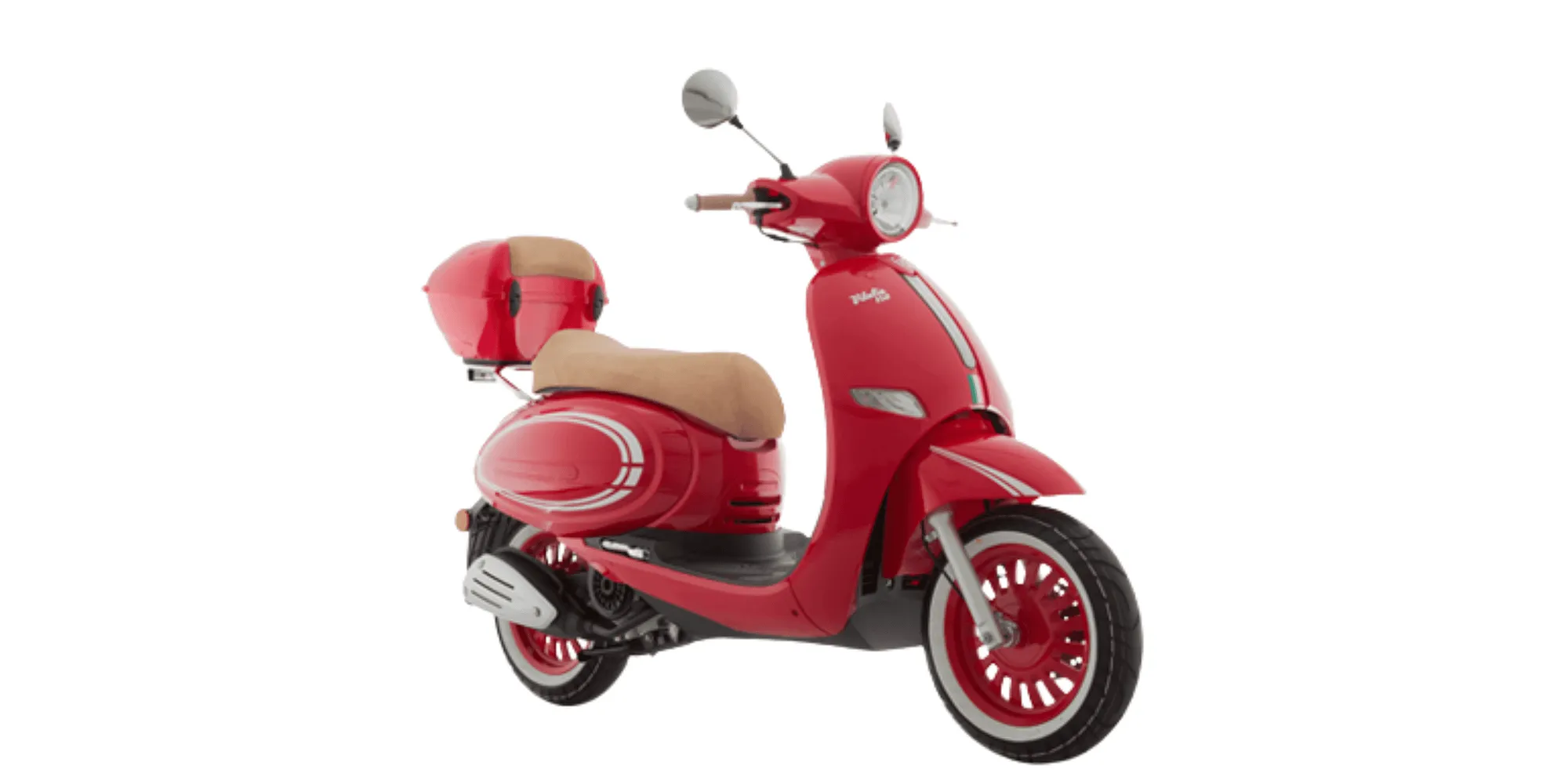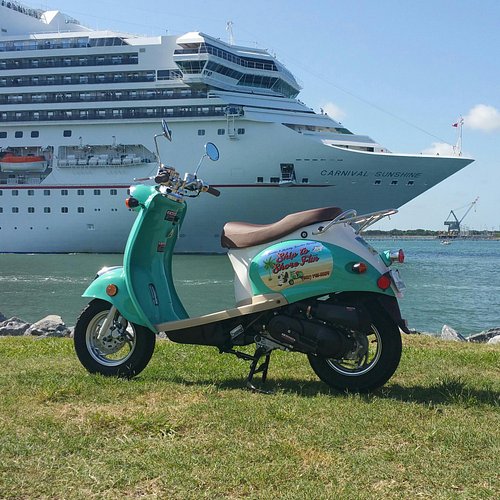I. Introduction
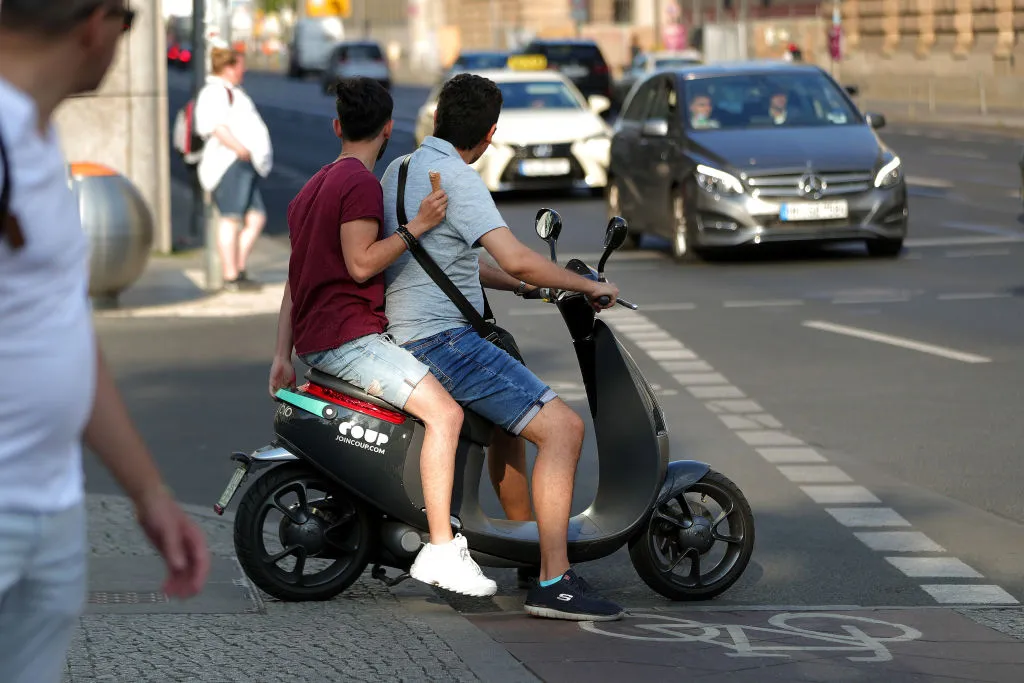
The electric starter plays a vital role in the functionality of a scooter. It provides the initial spark to ignite the engine, allowing the scooter to start effortlessly. Without a properly functioning electric starter, scooter owners may find themselves struggling to kick-start their vehicle or resorting to alternative methods to get their scooter running.
B. Common issues that can prevent a scooter from starting with an electric starter
Despite the importance of the electric starter, there are several common issues that can prevent a scooter from starting with it. These issues can range from battery-related problems to starter motor malfunctions. In order to address these issues effectively, it is important to understand the primary causes of electric starter failure.
II. Primary Causes of Electric Starter Failure
One of the primary causes of electric starter failure is battery-related issues. Scooter batteries can experience low voltage, which can prevent the electric starter from receiving enough power to engage the starter motor. Additionally, faulty battery connections can disrupt the flow of electricity to the starter motor, leading to starting issues.
- Low battery voltage
Low battery voltage can occur for various reasons, including prolonged periods of inactivity or a battery nearing the end of its lifespan. When the battery voltage drops below a certain threshold, it may not provide enough power to engage the starter motor, resulting in starting problems.
- Faulty battery connections
Corrosion and loose connections can prevent the electricity from reaching the starter motor. This can be caused by a buildup of dirt or debris on the battery terminals or loose connections between the battery and the starter motor.
B. Starter motor issues
Another common cause of electric starter failure is issues with the starter motor itself. The starter motor is responsible for turning the engine over and initiating combustion. Over time, wear and tear can cause the starter motor to fail or malfunction.
- Motor failure due to wear and tear
The starter motor consists of various components, including brushes, armatures, and gears. These components can wear down over time, leading to motor failure. Worn-out brushes may not make sufficient contact with the armature, preventing the motor from turning the engine over.
- Solenoid malfunction
The solenoid is a crucial component of the electric starter system. It acts as a relay, allowing the battery’s power to reach the starter motor. If the solenoid malfunctions, it may result in a complete failure of the electric starter system.
III. Troubleshooting Steps
To diagnose and fix electric starter issues, there are several troubleshooting steps that scooter owners can take.
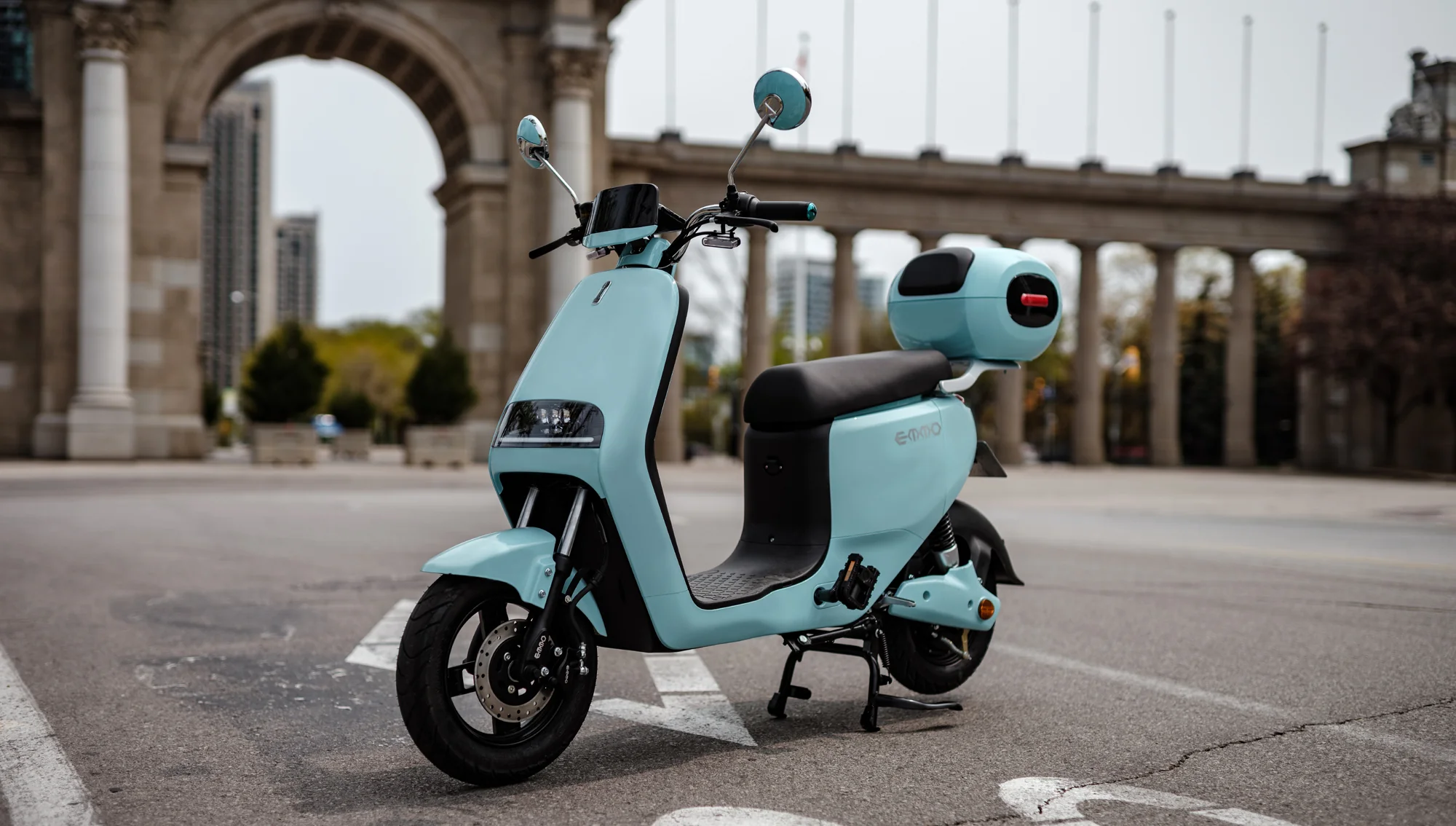
- Testing the battery voltage
Using a multimeter, scooter owners can measure the voltage of their battery. If the voltage is below the recommended range, it indicates a low battery. In such cases, charging the battery or replacing it with a new one may be necessary.
- Inspecting battery connections and cleaning if necessary
Inspecting the battery terminals and connections is important to ensure there is no corrosion or loose connections. If corrosion is present, cleaning the terminals with a mixture of baking soda and water can help restore proper electrical conductivity. Additionally, tightening any loose connections can ensure a solid electrical connection between the battery and the starter motor.
B. Steps to diagnose and fix starter motor problems
- Checking for worn-out brushes or damaged armature
If the battery is in good condition but the scooter still fails to start, the issue may lie with the starter motor itself. Checking the condition of the brushes and armature is essential. Worn-out brushes can be replaced, while a damaged armature may require professional repair or replacement.
- Testing the solenoid for proper functioning
Using a multimeter, scooter owners can test the solenoid for continuity. If there is no continuity or if the solenoid fails to engage, it may need to be replaced.
In conclusion, the electric starter is crucial for the functionality of a scooter. Understanding the common issues and primary causes of electric starter failure can help scooter owners troubleshoot and resolve any issues they may encounter. By following the recommended troubleshooting steps, scooter owners can ensure their electric starter is in optimal condition, allowing for hassle-free starting every time.
IV. Safety Precautions and Maintenance Tips
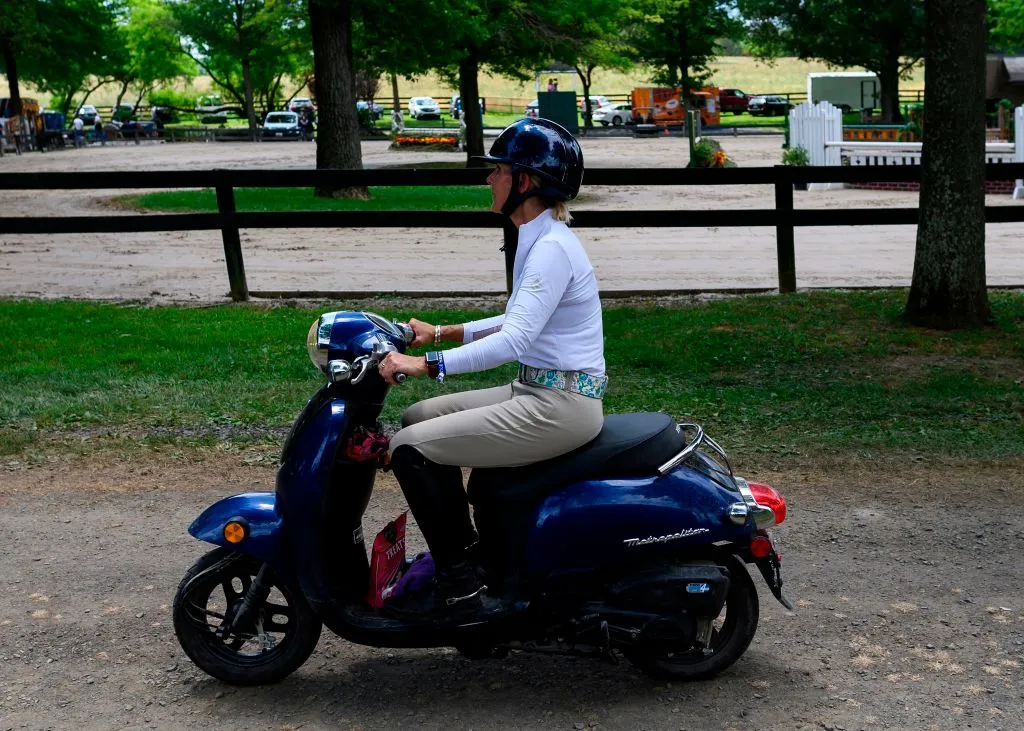
A. Precautions when working with electrical components
- Wear protective gear: When dealing with scooter electrical components, it is crucial to wear safety goggles and gloves to protect yourself from potential hazards.
- Disconnect the battery: Before starting any work on the scooter’s electric starter, ensure that the battery is disconnected to prevent accidental electrical shocks.
- Avoid short circuits: Be cautious when handling wires and connections to prevent accidental short circuits. Inspect for frayed or damaged wires and repair or replace them as necessary.
- Use proper tools: Always use the correct tools when working on the scooter’s electric system to prevent damage to components and ensure a safe working environment.
B. Regular maintenance practices to prevent starter issues
- Check the battery regularly: Regularly inspect the battery for any signs of corrosion, loose connections, or low voltage. Clean the terminals and ensure a secure connection. If the battery is old or not holding a charge, replace it with a new one.
- Lubricate moving parts: Apply a suitable lubricant to moving parts of the starter motor, such as the gears and shafts. This helps to reduce friction and ensure smooth operation.
- Clean the starter motor: Over time, dirt and debris can accumulate on the starter motor, affecting its performance. Regularly clean the motor with a soft brush or compressed air to remove any buildup.
- Test the starter solenoid: Periodically test the starter solenoid by using a multimeter to check for continuity and proper functioning. If the solenoid is defective, replace it with a new one.
V. Seeking Professional Assistance
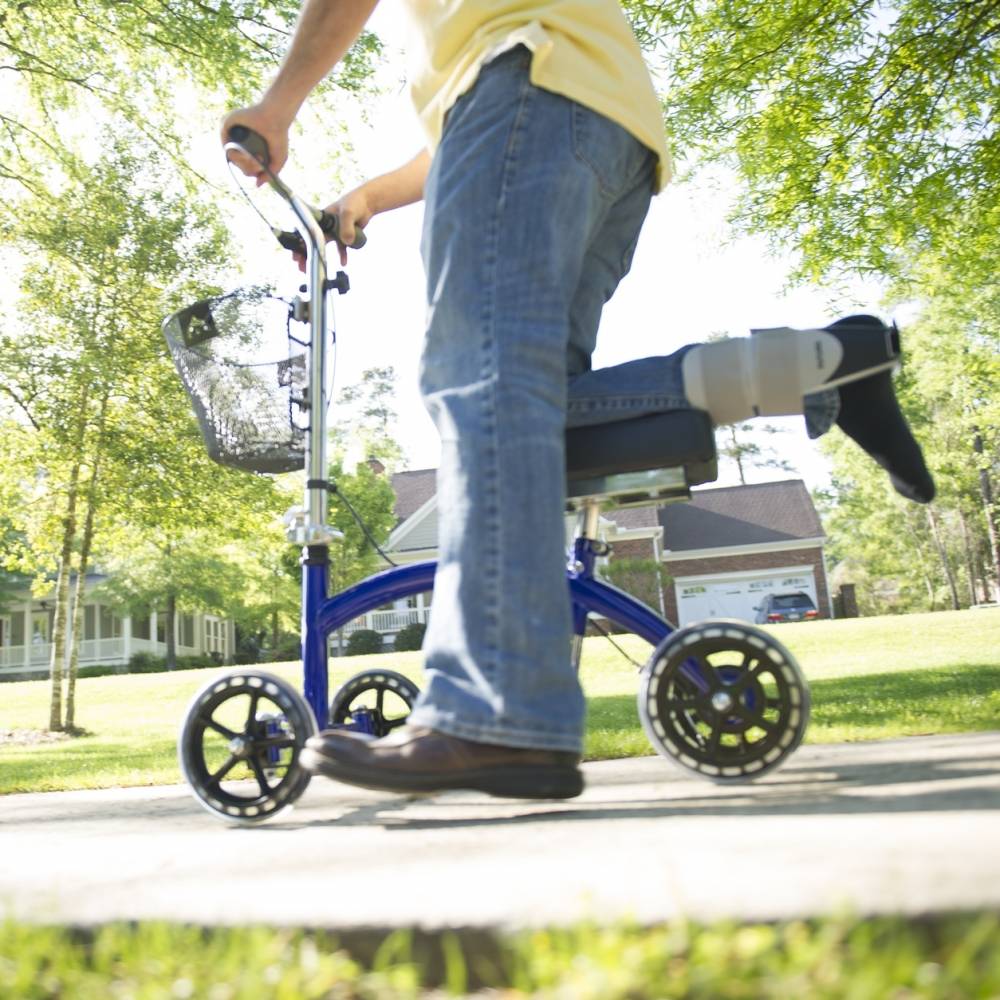
A. Knowing when to seek expert help
- Complex electrical issues: If you have attempted basic troubleshooting steps and are still unable to identify or resolve the problem, it may be time to seek professional assistance. Complex electrical issues may require specialized tools and expertise to diagnose and fix.
- Limited mechanical knowledge: If you do not have experience working with electrical systems or lack the necessary knowledge and skills, it is best to consult a qualified technician to avoid further damage or safety hazards.
B. Benefits of consulting a qualified technician for complex starter problems
- Expert diagnosis: A skilled technician has the knowledge and experience to accurately diagnose complex starter problems. They can identify the underlying issue quickly and provide appropriate solutions.
- Efficient repairs: Professional technicians have access to specialized equipment and tools, allowing them to carry out repairs efficiently. This helps to reduce downtime and get your scooter back on the road sooner.
- Warranty coverage: If your scooter is still under warranty, seeking professional assistance ensures that any repairs or replacements required for the starter motor or related components are covered by the warranty.
VI. Conclusion
In conclusion, taking safety precautions and implementing regular maintenance practices can help prevent starter issues on your scooter. When working with the scooter’s electrical components, it is essential to prioritize safety by wearing protective gear, disconnecting the battery, and avoiding short circuits. Regularly checking the battery, lubricating moving parts, cleaning the starter motor, and testing the solenoid can help maintain the electric starter’s functionality. However, for complex issues or if you lack sufficient knowledge, it is recommended to consult a qualified technician. Their expertise and efficient repairs will ensure your scooter’s electric starter is in optimal condition, allowing you to enjoy uninterrupted rides. Remember to prioritize safety and maintenance to keep your scooter’s electric starter in top-notch shape.
